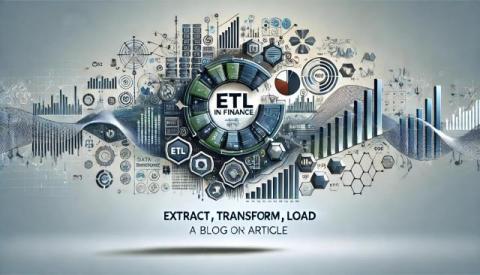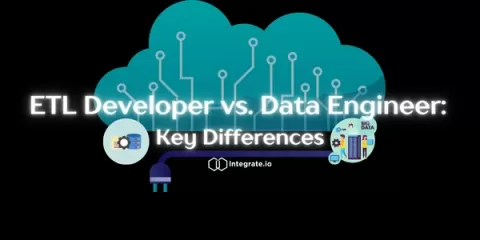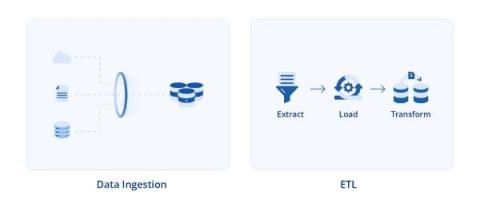The Best Open Source ETL Tools for Efficient Data Integration
Data is the backbone of modern businesses, and managing it efficiently is crucial for informed decision-making and operational success. As organizations scale, they often face the challenge of integrating, transforming, and moving vast amounts of data across systems. This is where ETL (Extract, Transform, Load) tools come in.











